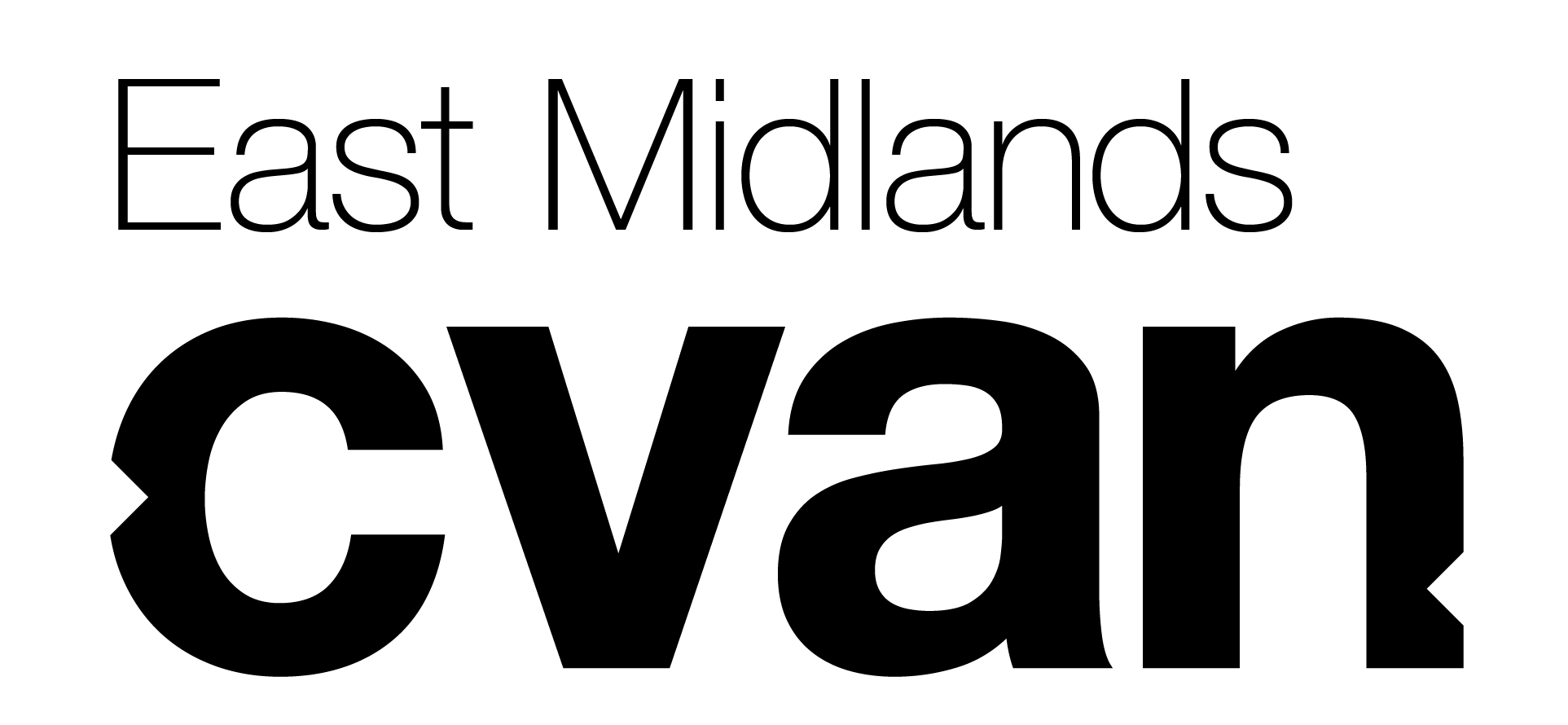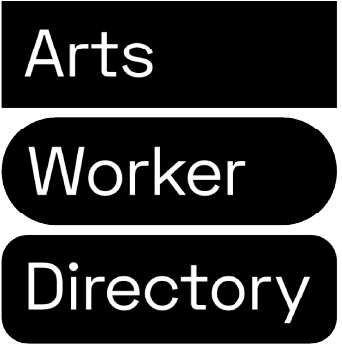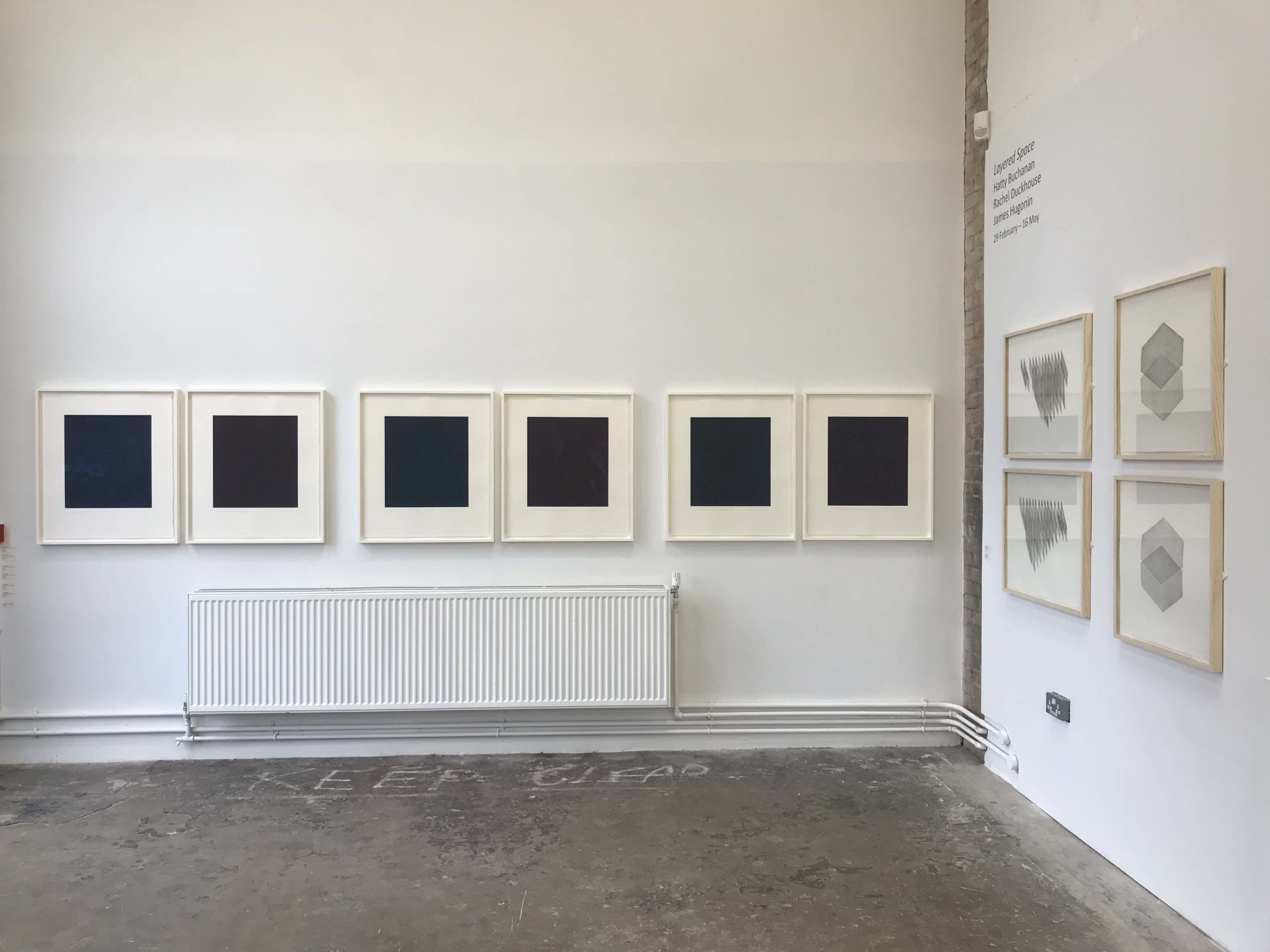Yasmin Canvin has worked as an arts administrator and curator in the visual arts sector for almost 30 years in galleries across the Midlands and then the East region including; Ikon Gallery, Mead Gallery, Angel Row Gallery, Bury St Edmunds Art Gallery and the Sainsbury Centre for Visual Arts. She returned to the Midlands to take over as the Director of Fermynwoods Contemporary Art in Northamptonshire for 8 years, when she took the organisation out of the gallery by commissioning artists to infiltrate public spaces through workshops and installations, bringing artists and audiences together. Yasmin has been the Director of Leicester Print Workshop since 2017 and has focused on developing the curatorial approach of the organisation, delivering a new artistic policy with an emphasis on cross disciplinary and innovative work.
Find out more about Leicester Print Workshop on its website and follow it on Instagram, Facebook and Twitter.
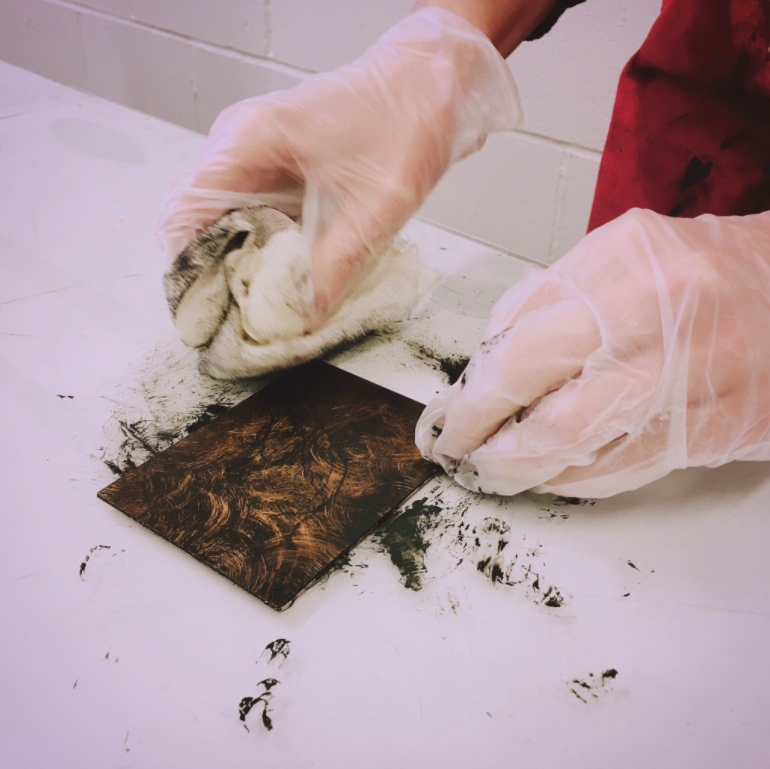
How did you come to curating / producing?
I started working in the contemporary visual arts at a very different time, when there seemed to be more opportunities for the inexperienced and I have many women to thank for my entry into the sector. I had graduated in textiles and a friend suggested I should apply for the Front of House and Shop Manager role at Ikon Gallery, which led me to working on the reception desk and observing how visitors reacted to the different exhibitions. Elizabeth McGregor, a formidable personality, was the Director and encouraged all the staff to meet the exhibiting artists and discuss their work with them. Some of the artists who had a profound effect on me included Keith Piper, Zarina Bhimji and Vong Phaophanit. I then went to the Mead Gallery and worked alongside Sarah Shalgosky, Amanda Geitner and Annabel Longbourne with the University’s art collection that was installed across the campus and organised small scale craft exhibitions. As the Exhibitions Officer at Angel Row Gallery I learned to curate exhibitions that touched on aesthetic and social concerns with Deborah Dean, and later gained a more strategic perspective by working alongside Barbara Taylor at Bury St Edmunds. The other main influence on my curatorial practice has been what I have seen and learned through traveling and meeting other curators and artists working in very different contexts to ours.

Nick Mobbs & Serena Smith, 2019, installation view
What strands are there to the programme at LPW?
LPW is a centre of development for printmaking; in terms of artform, artists and audiences. We moved into our current premises in 2015 and had a gallery for the first time, so we have been able to present a range of print based work and to support artists to develop their practice through seeing new work and by responding to new challenges, such as our annual Members’ show and our Small Print International 6 and Artists in Residence call outs. We have also commissioned interdisciplinary and collaborative activity. One of our aims is to enable all artists to develop their printmaking abilities by sharing our resources, knowledge, skills and specialisms.
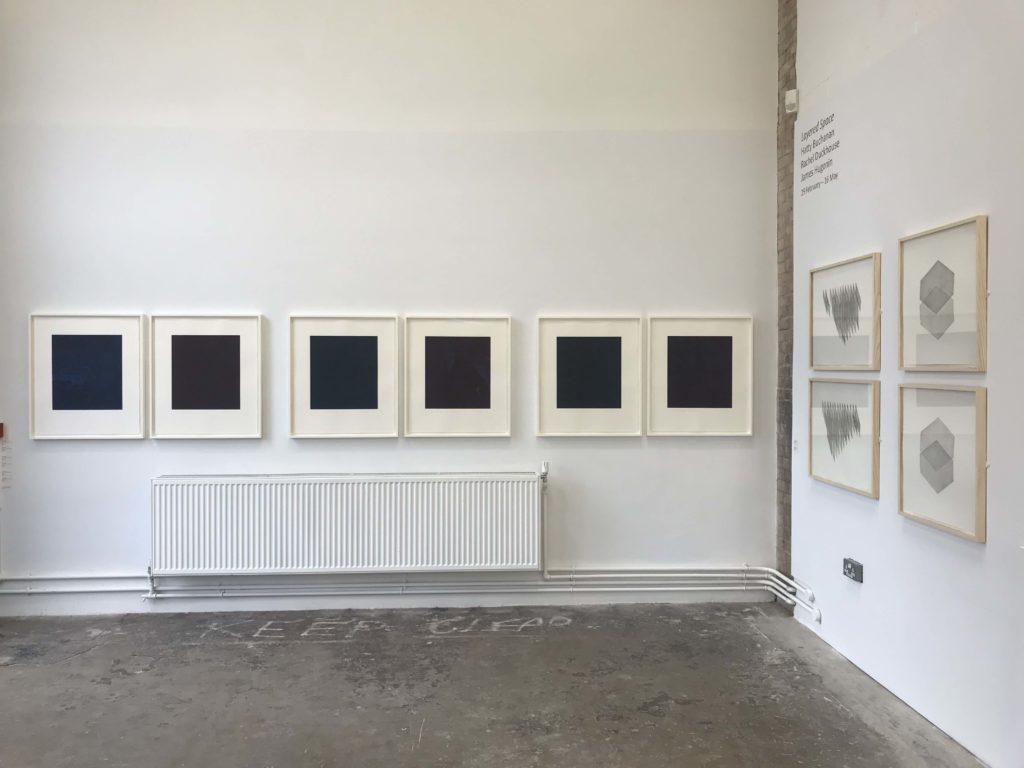
What’s happening at the moment at LPW, tell us about your current exhibition and projects?
Although we are temporarily closed, Layered Space, one of our current exhibitions features 32 colour screenprints by James Hugonin (who is perhaps better known for his paintings), alongside work inspired by scientific data by Rachel Duckhouse, a printmaker based at Glasgow Print Studio, and new work based on irregularity in repetition by Hatty Buchanan, who is one of our Studio Holders.
We were also showing The Typographic Dante, the result of a 30 year project by Barrie Tullett, to depict all 100 Cantos of the Divine Comedy, which was also on show at the South Bank Centre at the same time (one of the advantages of print based work), and is on tour from NCCD. We had selected work showing Dante’s journey through the Inferno depicted using letterpress.
We also have a two year project on hold at the moment; The View From Here, which is a collaboration with Leicester Belgrave Mela, Leicester Neighbourhoods & Library Service and the Aakash Odedra Company, to deliver a cross-disciplinary programme of creative activity with older South Asian people across Leicester, exploring how the world has changed within their lifetimes.
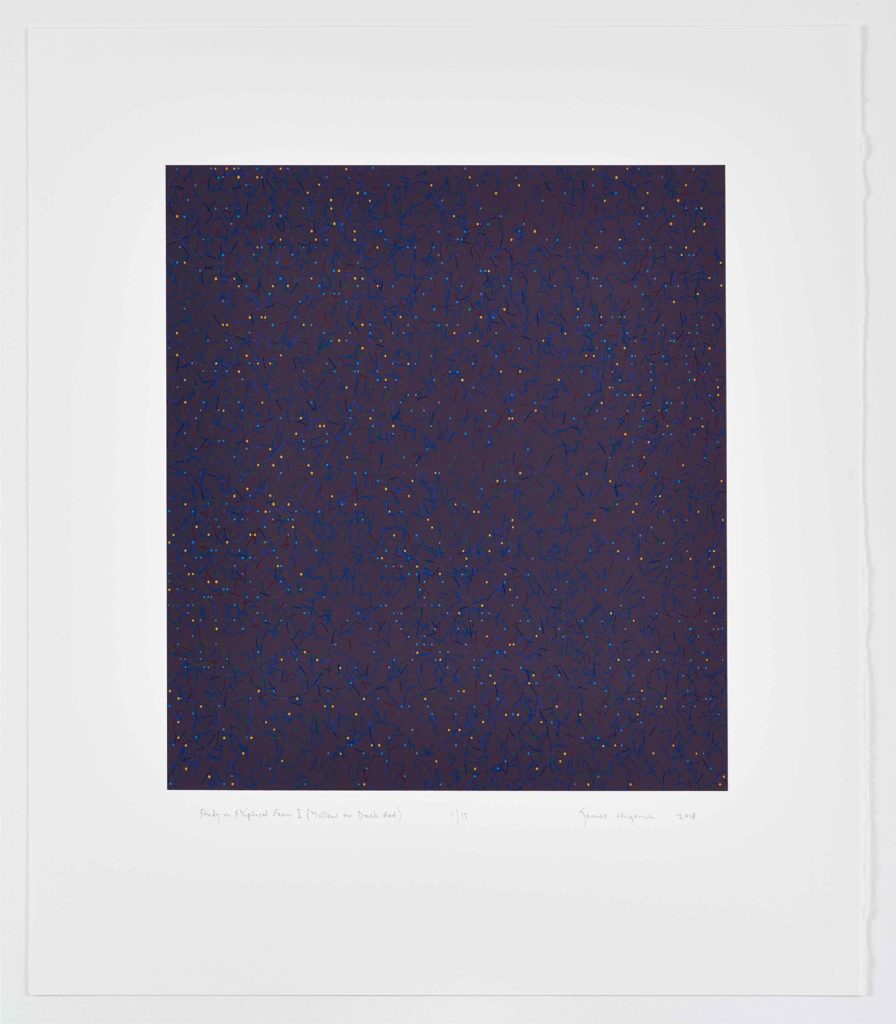
What’s happening behind the scenes, what exhibitions or projects are coming up?
We were currently fundraising to deliver an exciting new project: Iconicity; the language of letterpress, which is an ambitious project that will creatively engage diverse artists and communities and lead to the development of a national print network. Together with Northern Print, West Yorkshire Print Workshop and Spike Print Studio, we will commission artists and develop the print workforce and volunteers, using the medium of letterpress. The project will explore the creative case for diversity through the use of language; how meaning can be lost in translation or misunderstood, and how our personal and collective identities are shaped by language.
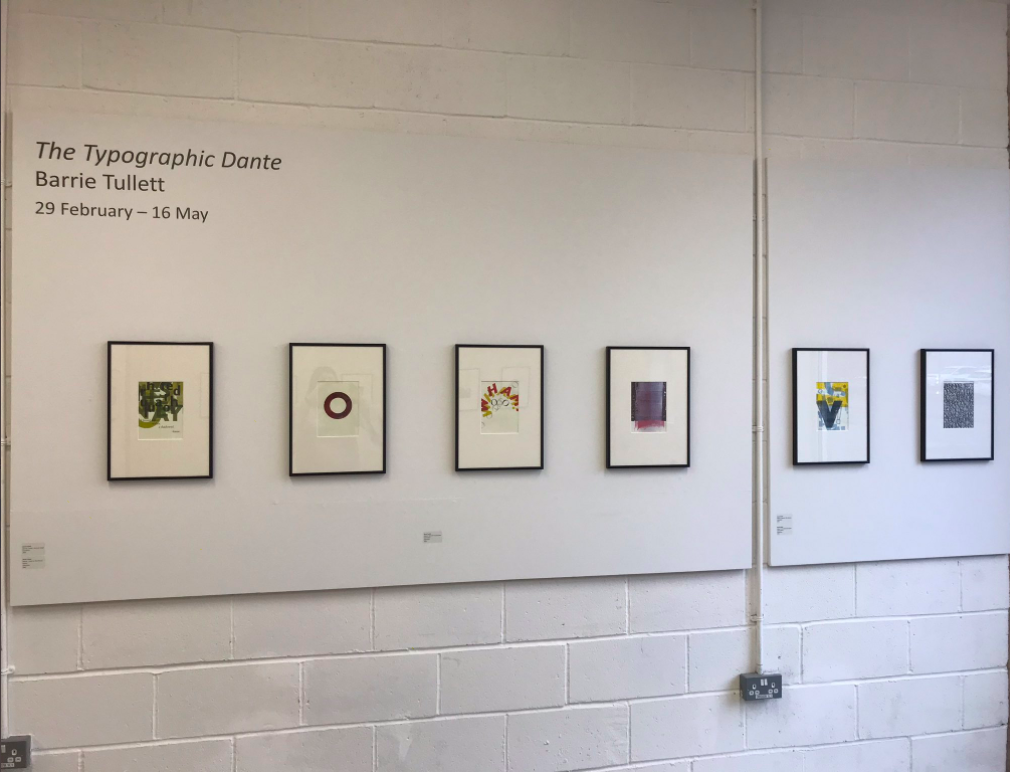
How do you select the artists and partners that you work with?
Very simply, the artworks select the artists and the project ideas select the partners.
As a curator I am drawn to artwork that touches on my personal and professional history and when I feel a connection with work it triggers new ideas and ways of thinking, these then form the basis for exhibitions and projects. I am also concerned with what is missing – which led to the Iconicity project; letterpress type is only available in the Latin alphabet, so anyone wanting to create work in most European languages or in other languages cannot find the appropriate type. My work is all about making connections and trying to present new perspectives – the fish out of water seeing water for the first time.

How do you work with your staff team?
We work very collaboratively. We have monthly team meetings when potential new projects are discussed. All exhibitions and large events are planned and delivered by a team of people. Our Trustees are another important part of our team and take the lead in terms of strategic planning and overview of the management of the organisation. However, at this time, about half of the team have been furloughed and the remainder of the staff are doing their best to continue to support our printmaking community and plan for an unpredictable future.
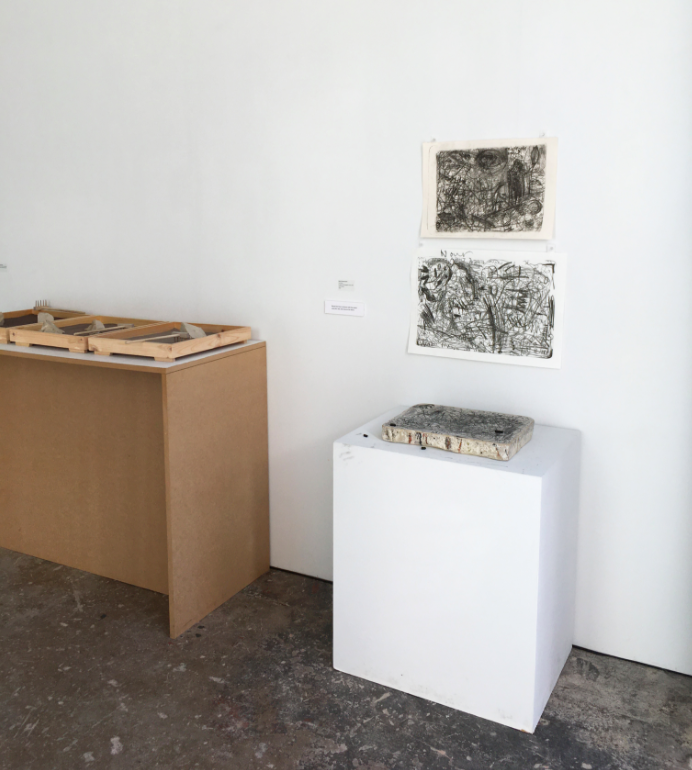
What dates should we put in our calendars?
If only it was possible to see how the next few months would turn out…
I really hope that we will be able to see LPW buzzing for our next Print Festival to mark our fifth anniversary in November – even if someone on the doors has to operate a one in one out policy – we love opening up all the Studio to visitors and inviting people to look behind the scenes and meet our Studio Holders.
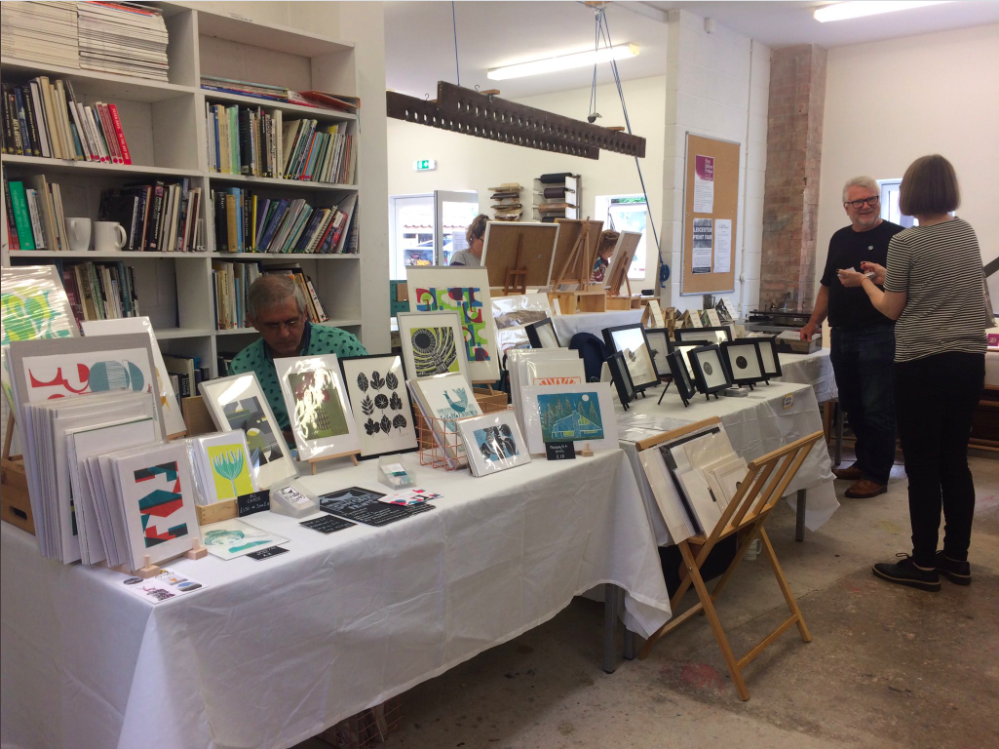
What or who are you really excited about?
I am also really looking forward to seeing our Members, course participants and visitors coming back into the Studio after the closure. I was working in the Studio on my own for a few days to accept the Small Print International 6 submissions so that we could let artists know their work had arrived safely, and the workshop felt like an empty shell, a colleague described it as a “space for people”. There has been much written about the way in which audiences make the artwork complete, and LPW certainly needs people to be complete.
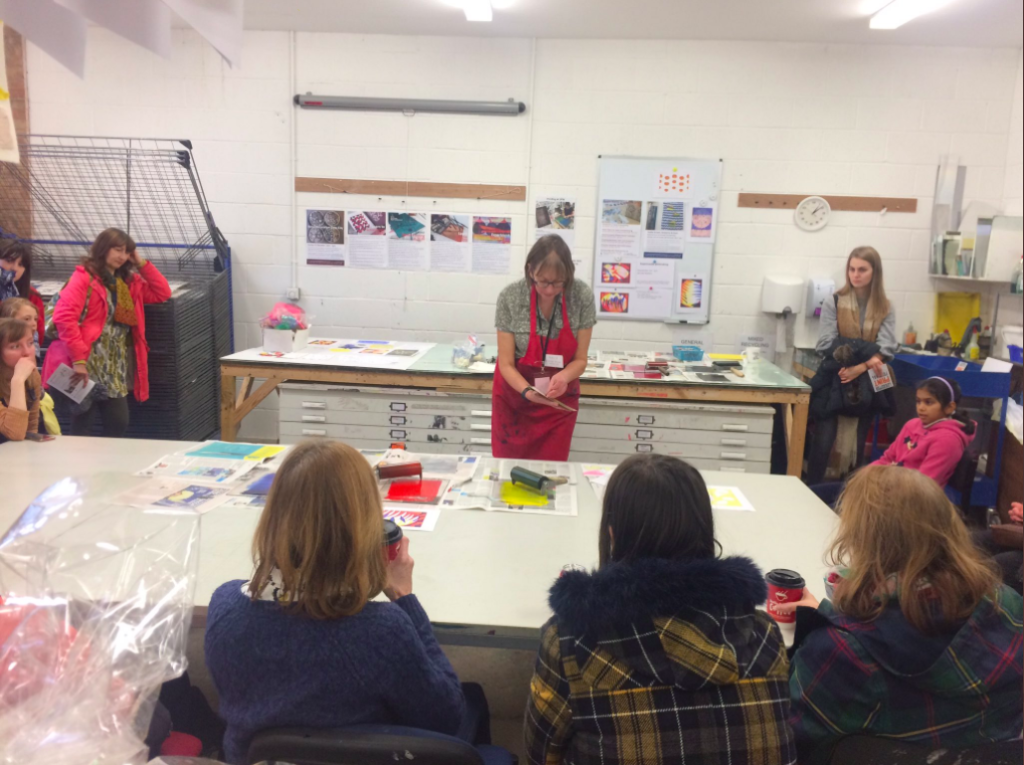
Whose work or what space would you most like to curate?
I would love to develop an exhibition with William Kentridge – he is such an amazing artist, creating work that is visually entrancing and at the same time makes a deep connection with the lives of others. He took part in Paper Cuts, a touring exhibition I curated at Bury St Edmunds, presenting Shadow Procession, a video piece, and I later saw his work in a stairwell at PS1, which demonstrates his lack of ego and I would love to show a series of his prints at LPW.
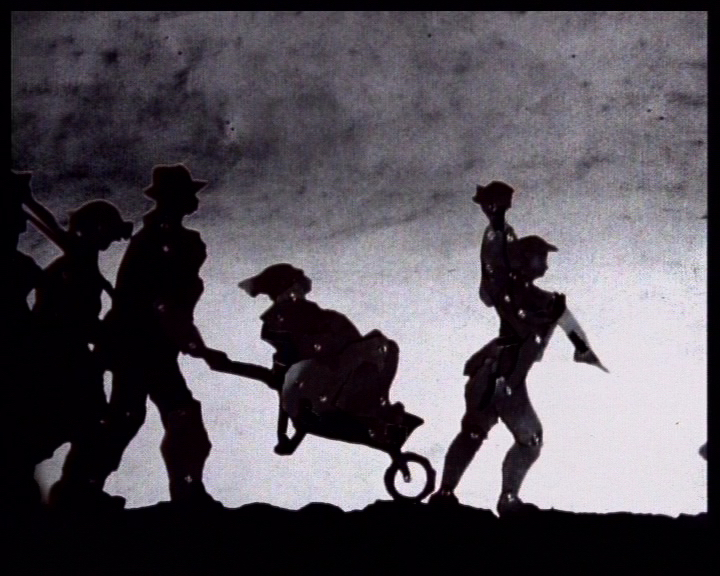
What do we need to see more of in the East Midlands?
When I was at Ikon Gallery Liz-Ann showed work by many overlooked and underrepresented artists – presenting work by culturally diverse artists and those whose work had not been exhibited for a long time, for example she showed Bridget Riley’s new colour paintings that are now highly recognisable, (I remember the discussions we had about visitors’ potential responses to those huge yet simple canvases, and then seeing a group of 5 years old scream with delight and fling themselves on the floor, mesmerised by the paintings). I miss that approach to curation, which is bold and brave and brings important work to our attention that is not necessarily sanctioned by the wider visual arts sector.
Yasmin was interviewed in April 2020.
All images are courtesy of Leicester Print Workshop.
